How You Should Think, Build, and Brand with AI
Actionable insights from the August TBB series
AI is one highest leverage skill you can learn today.
But it can be sooo overwhelming.
According to LinkedIn: “51% of professionals say learning AI feels like another job, and there’s been an 82% increase in people posting on LinkedIn about feeling overwhelmed and navigating change this year.
The mounting pressure to upskill in AI is fueling insecurity among professionals at work — with a third (33%) admitting they feel embarrassed by how little they understand it, and 35% saying they feel nervous talking about AI at work for fear of sounding uninformed.”
If you have a business to scale, a product to create, or a mission to share with the world, AI is the single biggest lever you can pull right now. But we’re drowning in advice, hacks, and endless tool lists.
It’s hard to know where to start, let alone how to make AI work for you.
That’s why every month, I round up the best lived experiences from creators actually in the trenches. Practical, lived-in lessons you can use to start your own AI projects.
This is August’s roundup of Think, Build, Brand—the three dimensions of becoming an unpromptable, full-stack thought leader with AI.
THINK
Thinking is where every creative process begins.
Before you can build or brand, you need the right mental models, the right questions, and the right perspective. This section captures how our guests are reshaping their thinking with AI—challenging assumptions, clarifying context, and structuring their workflows in smarter ways.
Here are their top insights:
1. Specialize your AI into a “team,” not a Swiss-army bot
“The AI Specialization Rule: One tool, one job, one expert result.” — Joel Salinas
Joel reframed his approach: instead of trying to force a single AI to juggle strategy, research, and execution, he shifted his thinking.
The insight: Stop treating AI like a Swiss‑army bot. Think in terms of specialization. One tool should own one job, and by doing so, your thinking becomes clearer and your systems more reliable.
Try this: Audit your current AI use. Ask yourself: Am I overloading one tool with too many roles? Write down one area where a dedicated AI could handle the job better.
Read more: How I Built a Three-AI Newsletter System That Writes With Me, Not For Me
2. Use adversarial mode to sharpen your thinking
“I reprogrammed my AI to disagree with me.” — Wyndo
Wyndo didn’t just want faster drafts; he wanted sharper ideas. So he reprogrammed AI to disagree first and support second. By surfacing flawed assumptions, he built stronger, more original arguments—and gained a reputation for trust and transparency.
Try this: Add a challenge protocol to your next AI session:
Use this prompt:
“I need you to be my strategic thinking partner, not just my assistant. When I present ideas, your job is to find potential problems before I invest time in them.
Your process:
First, identify 2–3 assumptions I’m making that might be wrong
Ask what my smartest critic would say about this approach
Point out what I haven’t considered or what could backfire
Only offer support after the idea survives your challenges
Don’t be polite about weak ideas. Be direct about what doesn’t work and why.”Read more: I Built My Own AI Creative Partner (And It's Changing How I Build A Personal Brand)
3. Establish deeper context
“The upgrade wasn't a new tool; it was boiling the work down to prompts + context… That second brain became my antidote to overwhelm.” — Jenny Ouyang
Jenny realized the real unlock wasn’t more tools and longer prompts, but better context.
She instead invested in clearer briefs, reusable formats, and success criteria. That shift mirrored back clarity instead of chaos—and birthed her second brain.
Try this: Stop tool-chasing. Choose one foundation, create a “Gold Folder” of notes, and commit to retrieval over novelty.
Read more: When Friction Becomes Fuel: How to Discover Your Brand by Solving Your Own Pain
BUILD
Building is where ideas take form.
Once you’ve shaped your thinking, the next challenge is turning it into real assets—tools, products, workflows. This section highlights how today’s creators are learning to build with AI: moving past feature-chasing, orchestrating tools like a team, and creating systems that scale without burning out.
Here’s how our guests are building…
4. Build an AI team
“The reality is that today, in 2025, different tools have different strengths and weaknesses… That question led me to build what I call my AI content team.” — Joel Salinas
Joel’s breakthrough came when he stopped asking, “How can I make this ChatGPT better?” and instead asked, “What does each AI do best?”
One tool trying to cover every task left him with average results and constant re‑prompting. Once he split his workflow into roles—Claude for creative strategy, Perplexity for research, and ChatGPT for visuals—he cut hours off production time and raised quality (from 8 hours per week, to 2 hours per week).
Try this: For your next project, split the workflow into roles. Assign each model to the task it does best.
Start small: choose one content asset (like a newsletter or report), list its steps, and decide which AI is primary for each. Track the time saved and quality improvements week over week.
But how do you learn which AI does which work best? Use Joel's AI Task-Tool Matcher
Here's how it works:
Step 1: Choose your task type (writing, research, visual content, video, strategy, or analysis)
Step 2: Specify your industry, target audience, and complexity level
Step 3: Get matched with primary and backup AI tool recommendations
Step 4: Access optimized prompt templates for each recommended tool
Read more: How I Built a Three-AI Newsletter System That Writes With Me, Not For Me
5. Ship tiny, test fast, kill what doesn’t matter
“Ship fast, kill what doesn’t matter, listen to users, and keep showing up.” — Orel Zilberman
Orel fell into the trap of feature-stacking—especially easy when AI makes it effortless to add more and more features.
But all that building didn’t make his tool a best seller. What finally worked was learning to validate fast. He shipped lean, tested live, and ruthlessly cut what didn’t serve users. That’s how he turned 600 days of failure into $1.3k MRR.
Are you building something? Try this: Launch the smallest useful version in a week. Get feedback from 10 target users. Hold a “kill or keep” review 72 hours later.
Read more: From 600 Days of Failure to $1.3k MRR
6. Build a creative AI partner
“That's when I realized I was approaching this completely backwards. Instead of asking AI to help me create better content, I needed to ask it to help me think through worse ideas until they became something only I could write.” -- Wyndo
Wyndo didn’t settle for AI as an assistant, because he saw how this path were making everything sound and think the same.
That’s why he trained Claude into a creative sparring partner—one that questioned assumptions, highlighted blind spots, documented failures, and pushed ideas into originality.
The difference? An assistant gives you efficiency, but a partner gives you distinction. For Wyndo, this meant stronger content and a brand built on visible methodology instead of sameness.
Try this: Reprogram one of your AIs to act as a challenger, not a follower. Follow his steps:
Step 1: Create your challenge protocol (prompt above)
Step 2: Test with a real decision
Step 3: Refine based on the pushback quality
Step 4: Document the conversations
Read more: I Built My Own AI Creative Partner (And It's Changing How I Build A Personal Brand)
BRAND
Branding is where your work meets the world.
Once you’ve clarified your thinking and built systems that work, the next challenge is making them resonate with others. This section shows how creators are using AI not just to polish their image but to tell real stories, share the messy middle, and connect with audiences through authenticity.
Here’s what our guests reveal…
7. Start with a problem you want to solve in your life
“Friction becomes fuel not just when you solve your own problems, but when you help others solve theirs too.” -- Jenny
Jenny’s journey shows the best brands don’t start with an idea—they start with a pain. She solved her own problem (turning long articles into short notes) and built momentum into a credible Substack brand.
Her path moved through exploration → clarity → systems → connection.
Try this: Pick one friction in your workflow. Solve it with AI. Then share the system you built. Momentum will follow.
Read more: When Friction Becomes Fuel: How to Discover Your Brand by Solving Your Own Pain
8. Make your process visible—transparency is the new moat
“Transparency became part of the value.” — Wyndo
This complements the previous tip really well.
Where Jenny turned her personal friction into momentum, Wyndo showed that sharing the messy middle is the real unlock. Instead of hiding the messy parts, he published his adversarial AI conversations and failures. Readers trusted him more, because they saw how ideas evolved, not just polished outcomes.
Try this: Don’t just post final outputs—share the dialogue and the dead-ends. Add a “Red Team Notes” box under your next post with 3–5 sentences about what AI challenged, what you changed, and what failed.
Or post a screenshot of a failed attempt with one sentence about the lesson learned. Show the questions you asked, not just the answers you kept.
Read more: I Built My Own AI Creative Partner (And It's Changing How I Build A Personal Brand)
9. Lead with you, then your product
“Building WriteStack taught me something: people don’t come just because it solves their problem. In the beginning, people will come because of you and then to solve their problem.” -- Orel
Orel’s insight: early adopters buy you before they buy your tool. Personal care, presence, and storytelling create stickiness long before polish does.
Try this: Offer founder-time to your first 20 users. Share one behind-the-scenes lesson weekly. Record a quick Loom for onboarding.
Read more: From 600 Days of Failure to $1.3k MRR
Cross-cutting trends we’re seeing
These shifts reveal where the real leverage is. Think of them as the connective tissue: the patterns that tie every individual tactic into a coherent way of working.
1. From generalists to pipelines
The early instinct was to load one AI with every possible task—research, drafting, editing, even design.
But creators quickly learned this produced average results and constant re‑prompting. The new pattern is to design pipelines. For example: Claude for strategy, Perplexity for research, ChatGPT for execution.
Through this system, Joel cut newsletter time from 8 hours to 2 this way. Jenny applied the same mindset by separating context storage from generation. Even Orel, when pruning his product, realized the key was clarity of role.
Specialization bring precision and efficiency.
2. From prompts to context
Once, clever prompts were the whole game.
But Jenny’s RAG method showed how reusable notes, briefs, and criteria matter more than witty instructions. Joel did the same with living project guides. Wyndo added adversarial prompts, proving that the best context sometimes comes in the form of friction.
With richer context, outputs align more closely with mission and brand. It’s not about magic words; it’s about the data and decisions you feed the system.
3. From solo grind to peer compounding
Instead of everyone struggling alone, builders are now pooling their playbooks.
Jenny talks about it in detail in her previous edition, about how the next step to build your brand and leverage growth is connecting with other builders.
In fact, her current project is Vibecoding Builders; a repository of AI-powered builders who want to share their work. I’ve been seeing other masterful creators tap their network in this way. For example:
Karo built StackShelf
In other respects, every author featured here have built a strong network. Joel has a strong collaborative network of aligned creators that build with him. Orel turned his failures into lessons others could test. Wyndo openly shared his journey -- failures and all -- so others could adapt them.
Of course, this is also what I’m doing with the TBB series.
Each example shows that when creators collaborate and share working systems, the baseline rises for all. The compounding effect is speed, clarity, and resilience.
4. From polished outputs to visible methods
Perfectly polished posts no longer build the deepest trust.
What resonates is seeing the path—the critique, the failures, the iterations. Wyndo made his adversarial dialogue public. Jenny showed the messy process of turning raw notes into clean summaries. Orel revealed the features he killed and why.
By showing their methods, not just their products, they built credibility.
Process has become the new proof of originality.
5. From speed to sustainability
AI tempts us to sprint endlessly. But creators are learning that speed without systems burns out both maker and audience.
Orel’s breakthrough was pruning and validating instead of feature‑stacking. Jenny’s came from context systems that kept her from drowning in inputs. Joel saved hours weekly by splitting roles. Wyndo avoided sameness by turning AI into a sparring partner, not a shortcut.
Each choice points to the same truth: sustainable systems outlast a burst of speed.
How can you use these insights?
The simplest way to put these lessons into practice is to pick one idea—just one—and run it through your own system this week.
For example, map your tasks to tools like Joel, or publish one messy note about what you're working on, like what Wyndo recommends. The key is to take one of these insights out of theory and into action.
If you want guidance turning insights like these into a thought leadership engine, I can help.
I’m opening up my availability this September to work with 6 mission‑driven founders and creators who want to start building their personal brand online. It’s time‑ and capacity‑limited: only 6 screened clients, accepting only in September.
To make sure it’s a positive, value‑adding experience, I’m offering the first workshop free for validated clients (a $500 value, no commitments needed). In it, you’ll create your branding foundations:
Mission clarity
Growth strategy
A custom writing GPT system
If this resonates, join the waitlist. Let’s start building your profile in public.
PS. Which insight or trend resonated the most with you? My personal favorite is Trend 3. From solo grind to peer compounding, because it directly validates the thesis I have for doing with this series!





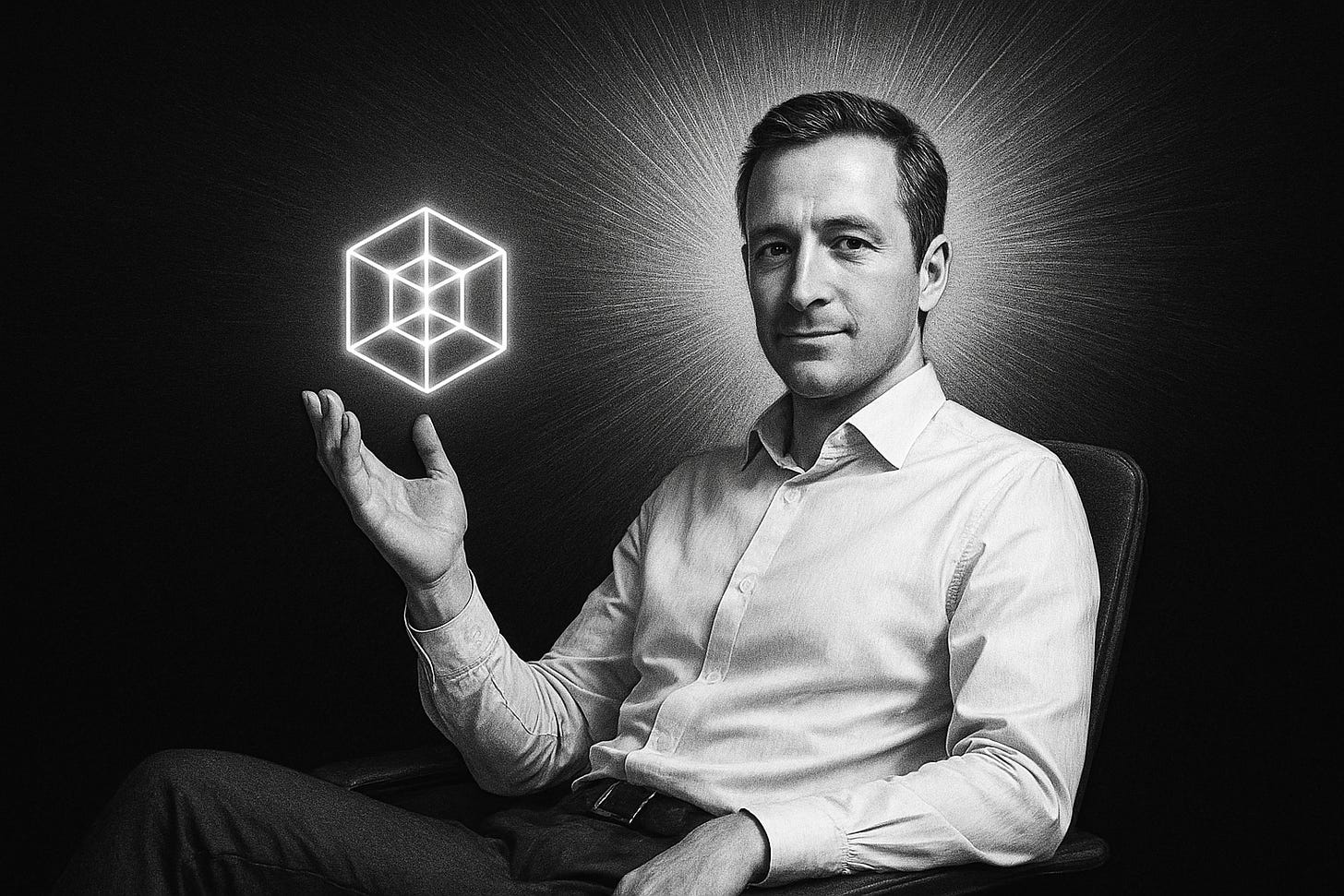
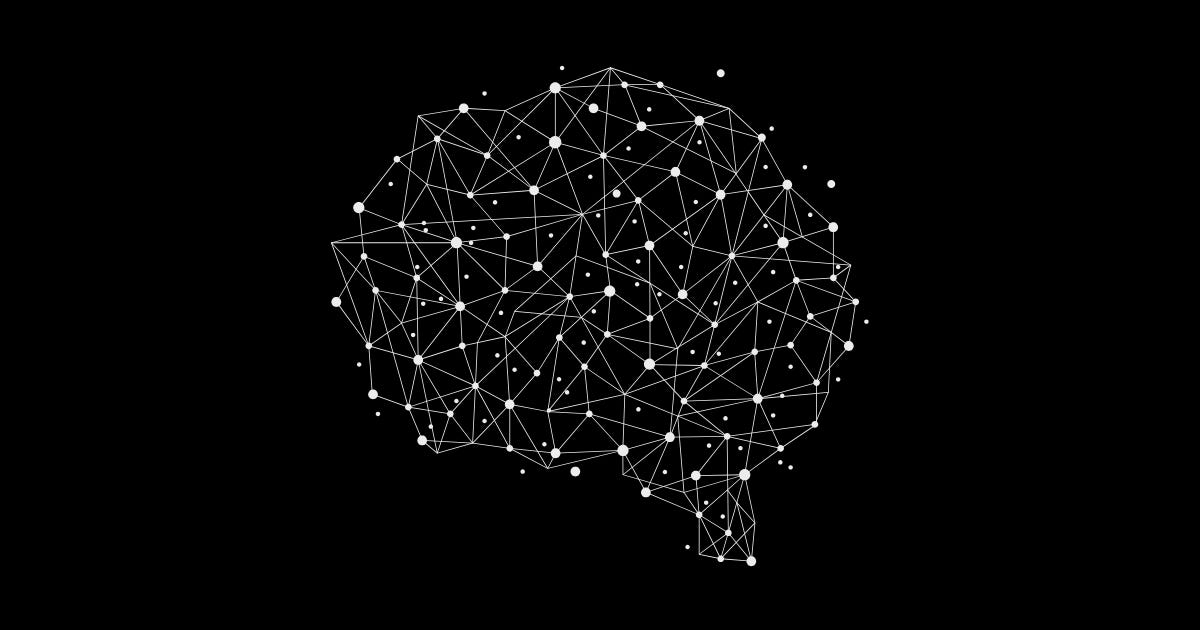
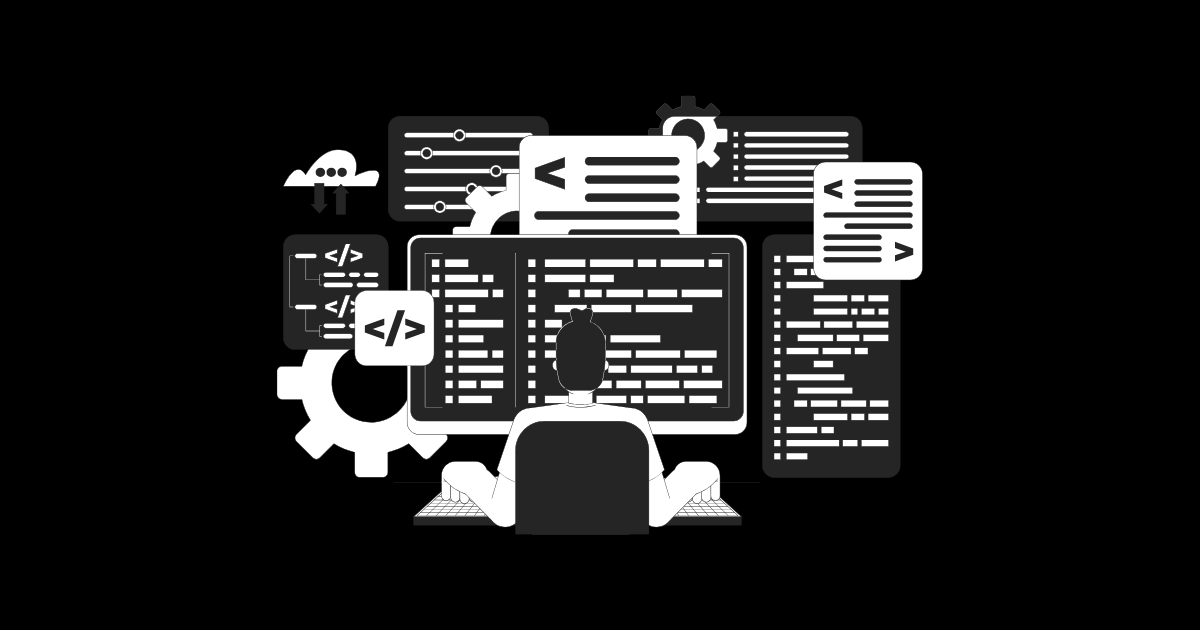
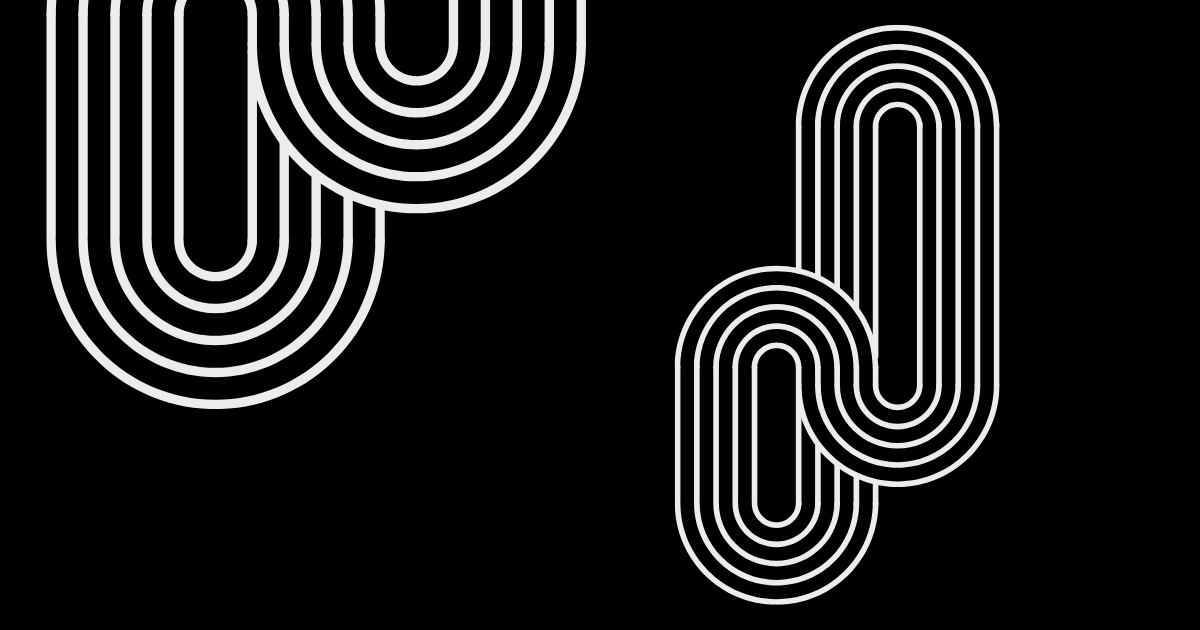
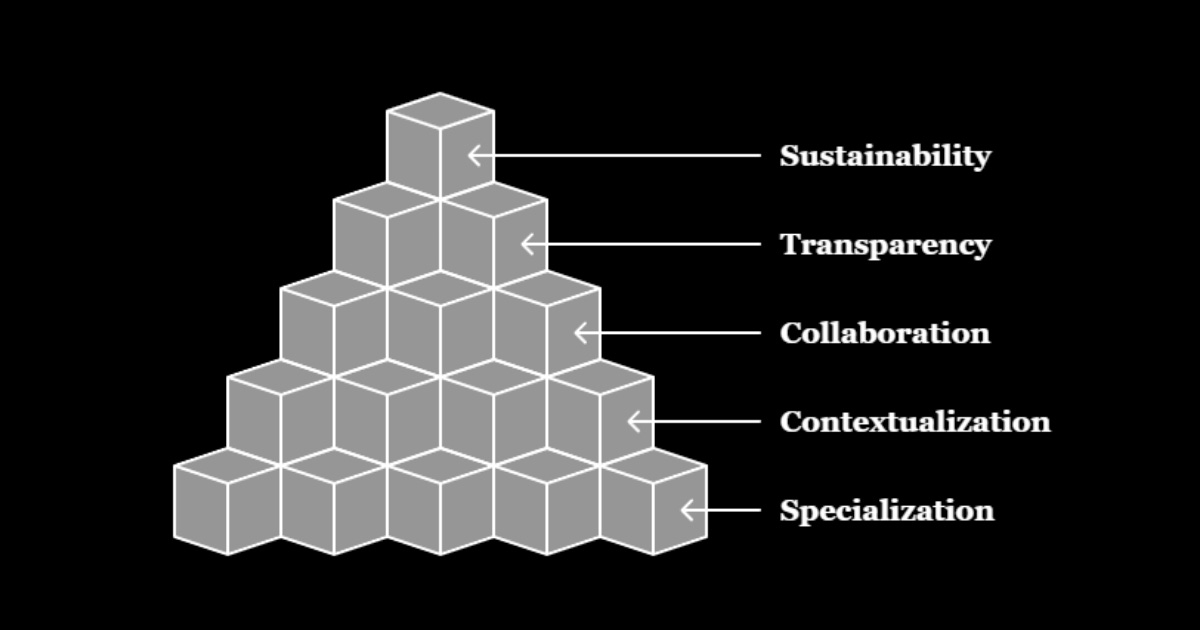




There's so much gem inside this roundup, thanks for summarizing them all!
Wise words and solid strategies!